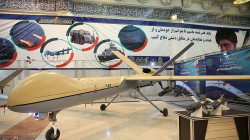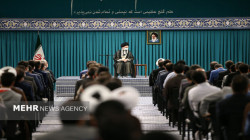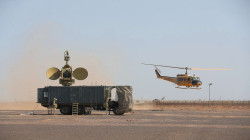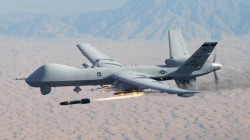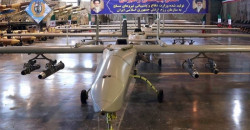Why is no one talking about Iran digging a new unbombable nuke facility?
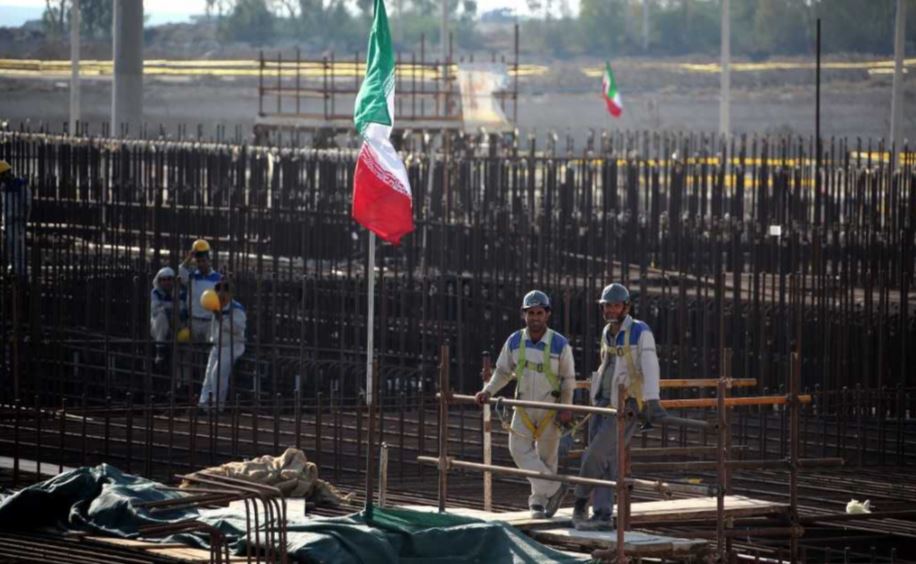
Shafaq News/ The facility in Natanz is built deep under a massive mountain, making it extremely difficult for the IDF to ever bomb it.
Iran is developing a new nuclear threat that could be a game-changer – and which will continue to proceed regardless of whether there is a nuclear deal or not.
It is a problem that almost no one is talking about, in an area called Natanz where the Mossad allegedly blew up two different nuclear facilities in July 2020 and April 2021 respectively.
The new enormous nuclear threat is a new underground facility Iran is digging and building in the Natanz area which goes so deep under a mountain so large that it will leave the Fordow facility in the dust in terms of how difficult it would be for the IDF to strike it.
In a report, Institute for Science and International Security president David Albright wrote, “Fordow is already viewed as so deeply buried that it would be difficult to destroy via aerial attack. The new Natanz site may be even harder to destroy.”
Why no one is talking about it – other than Albright – is probably a mix of it being an issue that may not fully mature until 2023 and that there are few good options for addressing.
The main mountain harboring the new Natanz tunnel complex is called Kuh-e Kolang Gaz La and has a height of 1608 meters above sea level, he said.
In comparison, the mountain harboring the Fordow centrifuge enrichment plant, called Kūh-e Dāgh Ghū’ī, is about 960 meters tall.
The report said that this makes the Natanz mountain about 650 meters or well over 50% taller, potentially providing even greater protection to any facility built underneath it.
For around 13 years, military strategists have debated and pulled their hair out over whether Israel’s vaunted air force has weaponry that could go deep enough underground to destroy Fordow.
If Israel cannot destroy Fordow, then it substantially reduces the potential for success by any Israeli use of force against the Islamic Republic’s nuclear program.
Albright is saying in no uncertain terms that the new facility being built in the Natanz area will be 50% harder to destroy than Fordow, which Jerusalem might be unable to destroy.
According to the report, the underground facility is also huge.
This means that the largest segments of Tehran’s nuclear programs may eventually move to this site.
“A Western intelligence official recently stated that there is strong reason to believe that an enrichment plant is being built at the Natanz underground site, and reiterated the claim in a follow-up conversation,” wrote Albright.
Continuing, he said, “The Institute was not able to independently confirm this, but a small, advanced centrifuge enrichment plant is certainly the most worrisome possibility.”
Albright wrote that, “A relatively small number of advanced IR-6 centrifuges, say 1,000, would be enough to create a more powerful enrichment plant, providing a doubling of the enrichment output compared to Fordow and requiring about one-third of the floor area of Fordow’s main hall.”
In turn, this could mean that the vast majority of Iran’s nuclear program could become untouchable by any airstrike.
The construction of the new underground complex has been an Iranian priority, following the two previous sabotage operations.
Ali Akbar Salehi, the then-head of the Atomic Energy Organization of Iran (AEOI) stated in April 2021, “We are working 24/7 to move all our sensitive halls into the heart of the mountain near Natanz.”
However, more than a year-and-a-half after the July 2020 sabotage, the replacement facility remains undone. Salehi had also said they hoped the halls “will be ready by next year so we can move these facilities to them.”
However, even now it is unknown if the new site will be ready for operation before 2023.
Once the Islamic Republic does have it up and running though, the report suggested that Iran could jump back up from assembling hundreds of new advanced centrifuges per year to thousands.
Until the new facility is built, Albright said that Tehran is “depending on ad hoc aboveground centrifuge capabilities limited to the assembly of hundreds of advanced centrifuges per year,” with the sabotage operations setting back “Iran’s centrifuge program significantly.”
All of this is true despite Iran’s success at operating enough advanced centrifuges to enrich enough uranium for multiple potential nuclear weapons – if it decides to enrich up further to weaponized levels.
In terms of the status of the construction, satellite images throughout 2021 show extensive excavation activities, with spoil piles growing steadily, said the report.
As of November 2021, the report said that, “the area remains a major construction zone, excavation appears ongoing, and the overall tunnel facility does not appear finished. Construction materials visibly stored along the graded roads may indicate ongoing tunnel lining efforts or that Iran has begun to outfit the interior in parts of the tunnel complex.”
“Two tunnel entrance areas, one west and one east of a large mountain, with three likely tunnel portals have been identified in commercial satellite imagery, as well as a construction staging area and probable future above-ground support site,” said the report.
Albright wrote that, “near the Western tunnel portal, there is road grading, perhaps for a second Western portal, or the genesis of an access route to the top of the mountain to allow the construction of a ventilation shaft/system on the top of the mountain.”
He recommended that, “Efforts should be made to dissuade Iran from finishing this facility, or… to at least disrupt its procurements of needed equipment and raw materials,” since otherwise, the facility could “reconstitute Iran’s ability to deploy thousands of advanced centrifuges each year, once again complicating any effort to lengthen its breakout or sneak-out timelines in a nuclear agreement.”
Source: Jerusalem Post
